Re: China cities at the peak of the largest real estate bubble in history
#11 Nanjing
http://en.wikipedia.org/wiki/Nanjing

Metro map

#11 Nanjing
http://en.wikipedia.org/wiki/Nanjing
Nanjing is the capital of Jiangsu province in Eastern China.[2] It has a prominent place in Chinese history and culture, having been the capital of China for several periods.[3] Its present name means "Southern Capital" and was widely romanized as Nankin and Nanking until the pinyin language reform, after which Nanjing was gradually adopted as the standard spelling of the city's name in most languages that use the Roman alphabet.[4]
Located in the lower Yangtze River drainage basin and Yangtze River Delta economic zone, Nanjing has long been one of China's most important cities.[5][6][7] Having been the capital city of six different dynasties since 3 A.D., it is recognized as one of the Four Great Ancient Capitals of China.[8] It was the capital of Wu during the Three Kingdoms Period,[9] and the capital of the Republic of China prior to its flight to Taiwan during the Chinese Civil War.[10]
With an total population of 8.16 million[14][15] and a urban population of 6.55 million,[16][17] Nanjing is the second-largest commercial centre in the East China region after Shanghai. It has been ranked seventh in the evaluation of "Cities with Strongest Comprehensive Strength" issued by the National Statistics Bureau, and second in the evaluation of cities with most sustainable development potential in the Yangtze River Delta. It has also been awarded the title of 2008 Habitat Scroll of Honour of China, Special UN Habitat Scroll of Honour Award and National Civilized City.[18]
Located in the lower Yangtze River drainage basin and Yangtze River Delta economic zone, Nanjing has long been one of China's most important cities.[5][6][7] Having been the capital city of six different dynasties since 3 A.D., it is recognized as one of the Four Great Ancient Capitals of China.[8] It was the capital of Wu during the Three Kingdoms Period,[9] and the capital of the Republic of China prior to its flight to Taiwan during the Chinese Civil War.[10]
With an total population of 8.16 million[14][15] and a urban population of 6.55 million,[16][17] Nanjing is the second-largest commercial centre in the East China region after Shanghai. It has been ranked seventh in the evaluation of "Cities with Strongest Comprehensive Strength" issued by the National Statistics Bureau, and second in the evaluation of cities with most sustainable development potential in the Yangtze River Delta. It has also been awarded the title of 2008 Habitat Scroll of Honour of China, Special UN Habitat Scroll of Honour Award and National Civilized City.[18]

Metro map




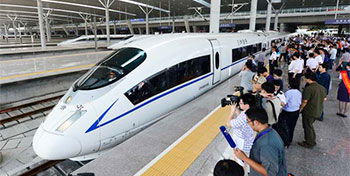

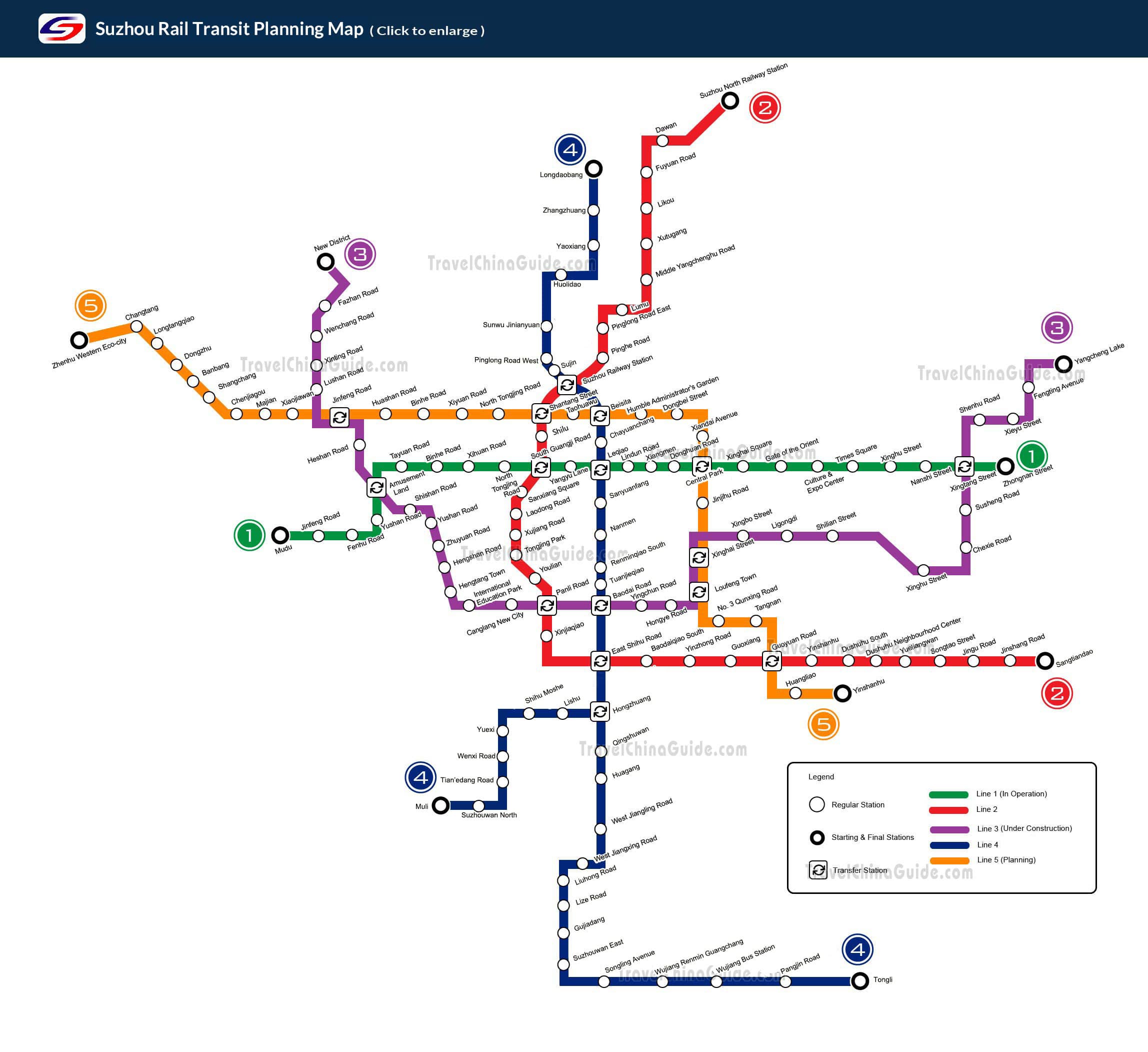

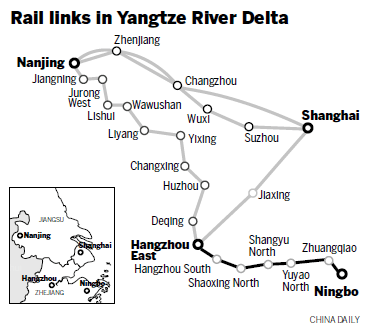
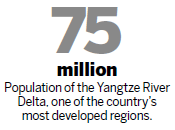
 Reuters
Reuters


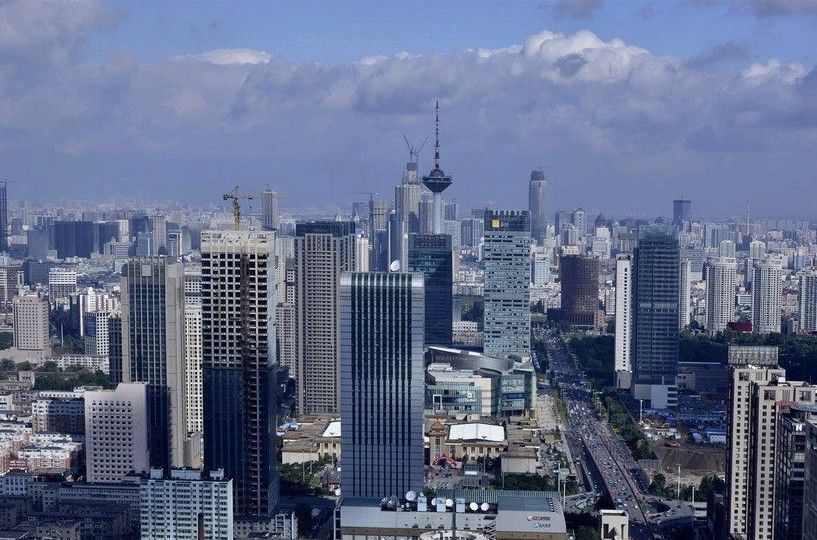
































Comment